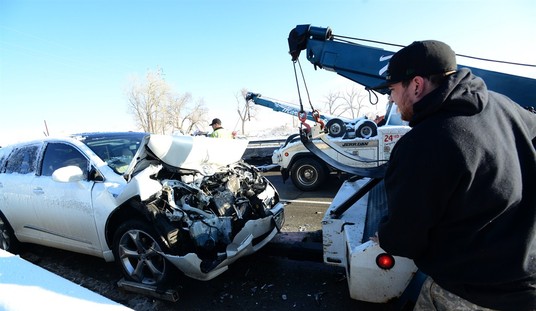This week’s show explores propaganda, particularly as it relates to the pandemic and how the CDC has “encouraged” people to behave, in the interest of public health, in ways the government desired in the past. Specifically during the AIDS crisis of the 1980s.
It was sparked by a twitter account sharing an old ad from that era showing a white, middle class family wearing masks with the warning that AIDS is a threat to the American family. A left-leaning twitter user (I won’t link it here because I’m not trying to encourage cancel culture but you can find the ad here) tweeted the image and said something to the effect of “Republicans didn’t always resist wearing masks.”
Well let’s talk about where Falwell’s Moral Majority may have gotten that idea, shall we? Turns out it was from the CDC itself, despite the fact that the data at the time never really supported that kind of fear-mongering. The Smithsonian even had an exhibit in 2013 decrying that kind of overwrought fear during the AIDS crisis.
Instead, federally-funded campaigns sought to address a large number of people from all backgrounds–male, female, homosexual or heterosexual. The America Responds to AIDS campaign, created by the CDC, ran from 1987 to 1996 and became a central part of the “everyone is at risk” message of AIDS prevention.
The campaign was met with mixed feelings by AIDS workers. “The posters really do help ameliorate the fear of hatred of people with AIDS,” Brier explains. “There’s a notion that everyone is at risk, and that’s important to talk about, but there’s also the reality that not everyone is at risk to the same extent.” Some AIDS organizations, especially those providing service to communities at the highest risk for contracting HIV, saw the campaign as diverting money and attention away from the communities that needed it the most–leaving gay and minority communities to compete with one another for the little money that remained. As New York Times reporter Jayson Blair wrote in 2001 (, “Much of the government’s $600 million AIDS-prevention budget was used…to combat the disease among college students, heterosexual women and others who faced a relatively low risk of contracting the disease.”
(This linked column by Blair was later found to be plagiarized from reporting by the Wall Street Journal, but the point still holds.)Beyond campaigns that tried to generalize the AIDS epidemic, a different side used the fear of AIDS to try and affect change. These posters, contained under the section “Fear Mongering” in the exhibit’s digital gallery, show ominous images of graves or caskets behind proclamations of danger.
“It was like this sort of scared straight model, like if you get scared enough, you really will do what is right,” Brier says of the posters. “There were posters that focused on pleasure, or health, or positive things to get people to affect change in their behavior, but there were consistently posters that used the idea that fear could produce behavior change.”
You’ll not be surprised to learn that one Anthony Fauci was involved in the AIDS panic of the 80s. His tactics haven’t changed much.
One early alarmist was Anthony Fauci, who made national news in 1983 with an editorial in the Journal of the American Medical Association warning that AIDS could infect even children because of “the possibility that routine close contact, as within a family household, can spread the disease.” After criticism that he had inspired a wave of hysterical homophobia, Dr. Fauci (who in 1984 began his current job, as director of the National Institute of Allergy and Infectious Diseases), promptly pivoted 180 degrees, declaring less than two months after his piece appeared that it was “absolutely preposterous” to suggest AIDS could be spread by normal social contact. But other supposed experts went on warning erroneously that AIDS could spread widely via toilet seats, mosquito bites and kissing.
…
In reality, researchers discovered early on that transmission through vaginal intercourse was rare, and that those who claimed to have been infected that way were typically concealing intravenous drug use or homosexual activity. One major study estimated the risk of contracting AIDS during intercourse with someone outside the known risk groups was 1 in 5 million. But the CDC nonetheless started a publicity campaign warning that everyone was in danger. It mailed brochures to more than 100 million households and aired dozens of public-service announcements, like a television ad with a man proclaiming, “If I can get AIDS, anyone can.”
Fauci’s next meeting with Congress ought to be a good one.
I talk about it all on the show, and discuss the nostalgia of “Ghostbusters: Afterlife” (trailer below). There’s also a brief bit about Baldwin’s extreme inability to take any kind of responsibility for himself.
Open your ears and minds.
The show lives on Spotify and you can also find me at iHeartRadio, Apple Podcasts, FCB Radio’s Spreaker, and Deezer.













Join the conversation as a VIP Member